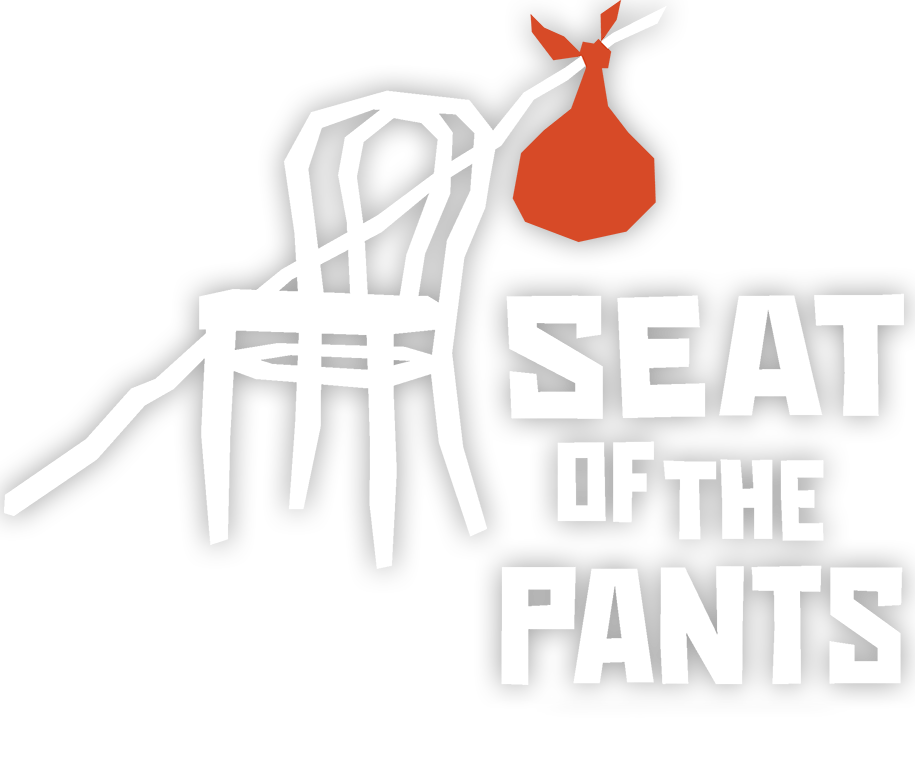TOOL TIME: QUALITIES OF MOVEMENT
The General Principle
Michael Chekhov’s acting technique offers a wealth of tools to help actors go beyond simple imitation and truly embody their characters. One of his most fascinating concepts is the "Qualities of Movement," a method that helps actors explore how movement can reflect a character's inner life.
At its core, Chekhov’s Qualities of Movement involve using physical gestures to convey the invisible aspects of a character. Rather than simply performing actions, actors are encouraged to explore how and why a character moves the way they do. This idea focuses on imbuing movements with emotional or psychological qualities that represent the inner world of the character. A character’s physicality should reflect their state of mind, rather than being a simple, mechanical action. It’s easiest to think of qualities as adverbs. One local cherished teacher of the Michael Chekhov technique who passed a handful of years ago was Mark Monday. He had a fondness for developing qualities/adverbs with a certain literary license to it: ie. “F***ed-up’d-ly”, or “dont-give-a-F***’’d-ly”. What was important was that the adverb created an immediate sense of clarity for the actor as they were performing the action. It could be just about anything plus “ly” so long as it fueled the actor.
For example, let’s say you’re playing a character who is angry. Instead of just clenching your fists or making exaggerated, physical outbursts, Chekhov might have you explore the quality of that anger through the actions a character has to complete. Emotions by themselves can be fleeting and uncontrollable. When an actor plays an emotion just by itself they may very well find themselves without the right kind of inspiration to draw from to thoroughly fuel a scene much less a whole play. Playing at an emotion can be a real trap for actors. So often when people are feeling less desirous emotions, they are not in a headspace of “trying to be sad” or “mad” or “heartbroken” etc.. To the contrary, most people attempt complete actions to subdue negative feelings (ie: deep breathing to soothe despite feeling tremendous pain). Playing at those emotions may inspire an actor to try to force themselves to cry or scream or shout in ways that may fall a bit flat or come across a bit superficial or false. By keeping those emotions to qualities, a character has the opportunity to continue an action that may inspire a wide range of organic feelings that aren’t held hostage by any prescribed emotional obligation.
The Big Four
The use of qualities can be applied for all actions a character may complete whether they be quotidien (everyday behavioral kind of actions) or fantastic (figurative, abstract, or metaphorical actions), HOWEVER, Chekhov offers yet step or layer to this tool in order to synthesize the notion of Qualities of Movement. Chekhov offers the actor four very specific qualities that cover a lot of unique ground. These qualities coincide with the elements of nature: Flying (air), Flowing (water), Molding (earth), and Radiating (fire). Within each of these Qualities, there are a range of imaginative options. Within Flying there is soaring-ly, gliding-ly, flittingly, inflating-ly, deflating-ly, breezily, and so much more nearing infinity. These however should be starkly different to the qualities one may associate with Flowing: tidal-ly, rapid-ly, trickling-ly, streaming-ly, pouring-ly, misting-ly, splashy, etc.. By allowing the imagination to explore a character’s actions through each of these four elemental Qualities of Movement, a specific realm of possible qualities should start to define itself. So much so that you may quickly deduce that a particular character is a “Molder” or “Flow-er”.
When initially exploring these elemental Qualities of Movement, it can be helpful to imagine and physicalize yourself as the element itself in various contexts. For Radiating, you could imagine yourself as light beaming from the sun, a spitting campfire, gently glowing embers, a freshly lit wick, a conflagration. Alternatively you can imagine yourself interacting with the element: basking in the warmth of the sun’s rays, trying to coax life from a campfire, walking across those embers, teasing or playing with the flame of candle, outrunning an uncontrollable burst of flames. Exploring imaginatively and physically through the elemental Qualities of Movement will give any actor an enormous personal database of qualities and actions with which they can summon for a character in rehearsal or performance.


